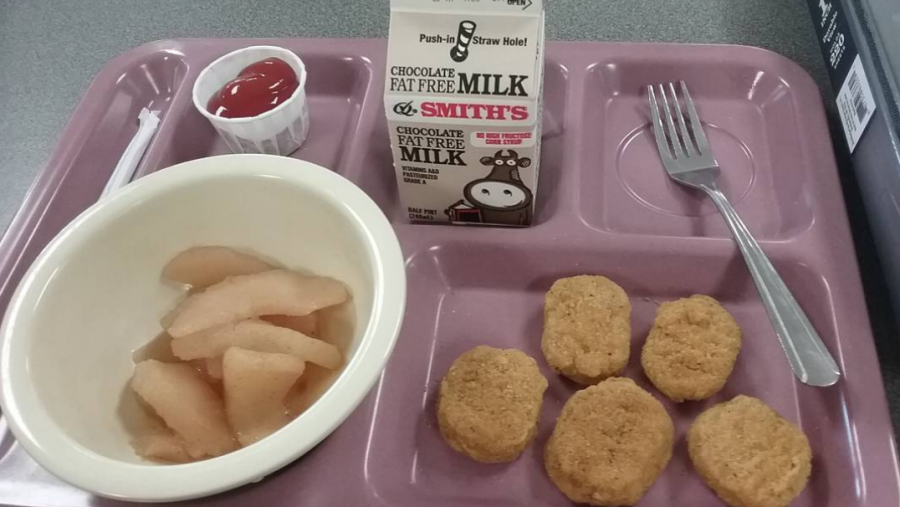Frozen, soggy, and bland. These are the words most students will use to describe cafeteria lunch. A majority of these students eat lunch provided by the school. Cafeteria food is not ideal, though it may provide a quick and convenient lunch that saves both students and parents time and money.
However, many students will argue their dissatisfaction with the quality of the food. “Other than mandating more fruits and vegetables, the new regulations haven’t really changed anything except forcing manufacturers to re-engineer products,” said Bertrand Weber, director of culinary and nutrition services at the Minneapolis Public Schools. School lunches are made just to follow the guidelines rather than focus on the importance of whether or not students will eat and enjoy the food.
For some students, the only option is cafeteria food. They may not have eaten the entire day or have no food at all and are left with no choice but to eat the cafeteria food. When the food comes out in such poor quality, the students refuse to even eat the food. “Food and nutrition directors at school districts nationwide say that their trash cans are overflowing while their cash register receipts are diminishing as children either toss out the healthier meals or opt to brown-bag it,” according to The New York Times.
Proper nutrition and high-quality food is important to boost students’ energy and productivity in school. Proper food will help supply the brain with the nutrients that it needs to perform in school. “The average HEI score for the U.S. population is 63.8, while the median HEI score in students’ lunches is 59.9, ” according to Brookings EDU.
HEI stands for health evaluation index. In other words, the data indicates that students’ lunch is a bit less healthy than the average American diet. This is a drastic difference especially after the Michelle Obama act of 2012, students still refuse to eat the “healthy” school lunch and would rather just throw it away. The school lunch should satisfy the students while also being healthy and nutritious.
The biggest concern for getting a better lunch is the budget. Schools will have to charge the students more for the food quality they are paying for. An increase in the price will mean bad news for the students, and especially those of less fortunate households. However, if the school were to take this sacrifice and ensure proper funding that would still allow students to afford lunches, they will see a boost in students’ academics and school spirit.
Student lunches come in poor quality and affect the students negatively. However, if the school were to increase the budget to improve the quality of school lunch or give more of a variety for students to pick and choose from. It is an investment that needs to be discussed more.
Having a higher standard towards student lunch will boost student morale and academic performance. Improving the quality of student lunches may cost more but will pay off in the long run.







